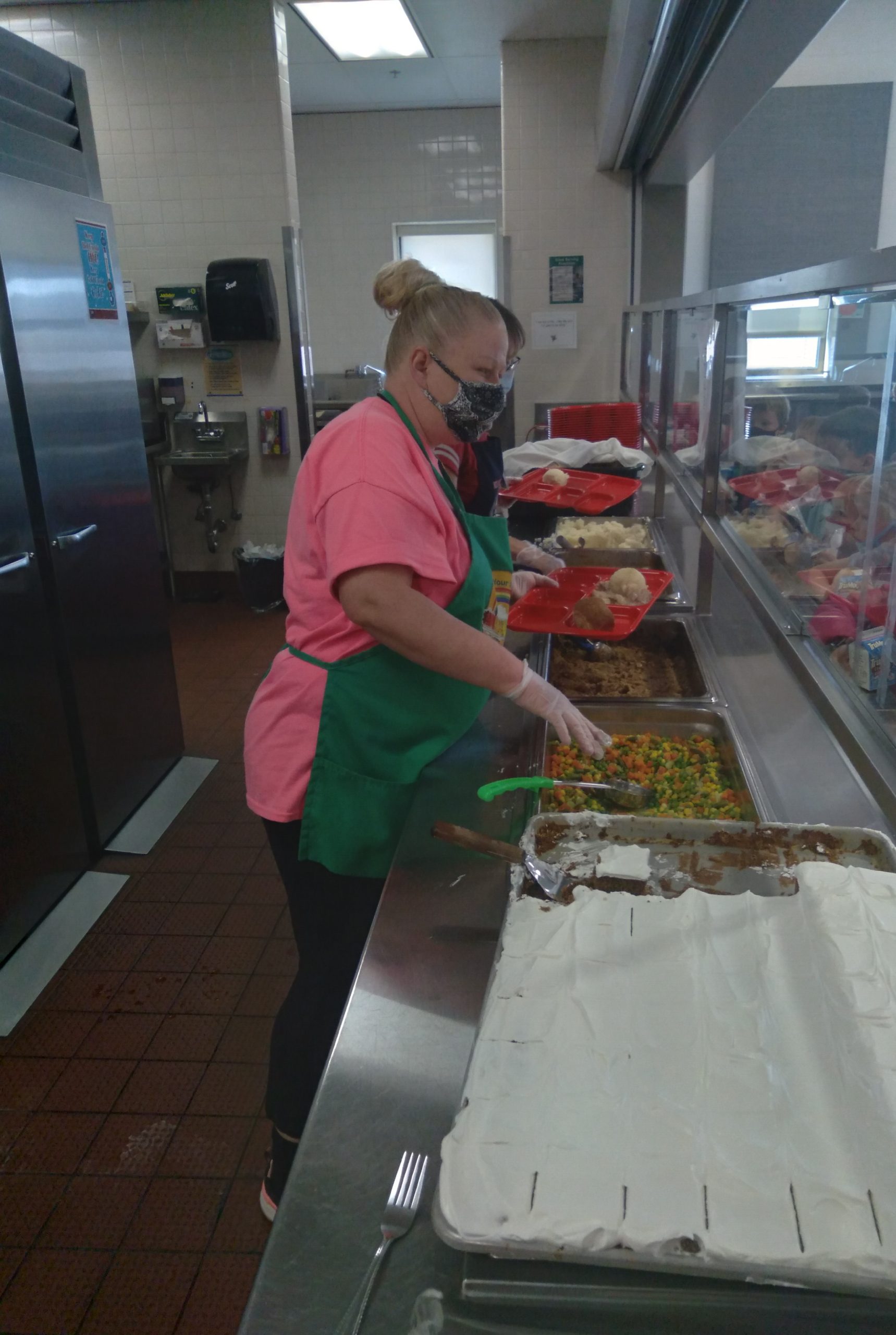Some information may be outdated.
The Grand County School District wants local families to know that free breakfast and lunch are available to all students, whether they have applied for the meal program or not. This expansion of the school breakfast and lunch program by the U.S. Department of Agriculture will go through 2021 in response to the COVID-19 pandemic.
Typically, nearly half of all Helen M. Knight Elementary students qualify for the school’s free or reduced breakfast and lunch program. It’s unknown how many middle- and high-school students are eligible because they are less likely to apply for the district’s free or reduced meals. However, GCSD Community Coordinator Amanda Knill estimated there’s just as many middle- and high-school students who would normally qualify for the program.
The school district is looking to increase participation thanks to a $34,5000 grant award from No Kid Hungry, a national campaign founded in 2010 by Share Our Strength – a nonprofit working to solve hunger and poverty issues around the United States and world.
“Utah has one of the lowest meal program participation rates in the nation,” said GCSD Child Nutrition Director Alysha Packard.
Schools offer free breakfast to students because “studies have shown kids do better academically and have fewer behavior issues when nourished,” she said.
Knill said some of the grant money will be used to renovate its food transportation vehicle to more easily transport breakfast and lunches to the Moab Charter School and Grand County Middle School which doesn’t have a kitchen.
The grant will also be used to expand the district’s alternative breakfast program at the high school. For example, a rolling cart with quick food items such as fruit, muffins, yogurt parfaits, burritos and milk, will be added to the school’s commons area either this spring or next fall, Knill said.
Additionally, money is being allotted to add provisions to the elementary school pantry, which offers kids easy meals to take home to have over the weekend.
Currently, 225 children participate in the school district’s meal program each day. A small amount of the grant money will also be used for marketing purposes to boost that participation, Knill said.
Breakfast is served at the elementary school from 7:45 through 8:15 a.m., and at the middle- and high-school from 8:15 thorugh 8:45 a.m. Middle-schoolers consume their meals in the school gym.
No Kid Hungry awarded $300,000 in emergency grants to 13 schools and school districts across Utah, stated the No Kid Hungry news release. Each grantee was awarded between $9000 and $35,000, based on level of need, geography, operational capacity, and the strength of the applicant’s plan to expand access to meals.
Since the pandemic, the Utah Food Bank has increased its food distribution to the state’s residents by 300 percent, said Share Our Strength spokeswoman Adrienne Carter. The number of children facing food insecurity has increased from one in seven, to one in five, according to the food bank.
“School meals are available to students across Utah no matter if they are learning remotely or participating in a hybrid model,” said Erica Olmstead, field manager for the No Kid Hungry campaign. “We are in awe of the phenomenal work of school nutrition staff. They have been at the front lines of this pandemic, working creatively and diligently to reach all of their students.”
Appreciate the coverage? Help keep local news alive.
Chip in to support the Moab Sun News.





